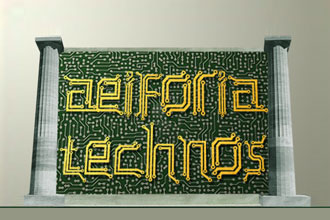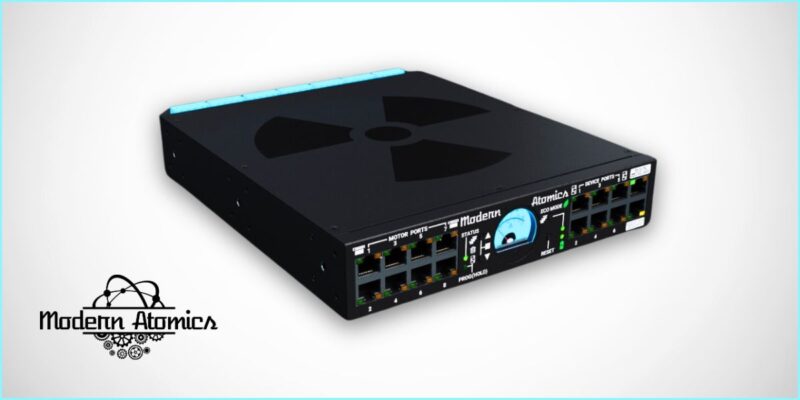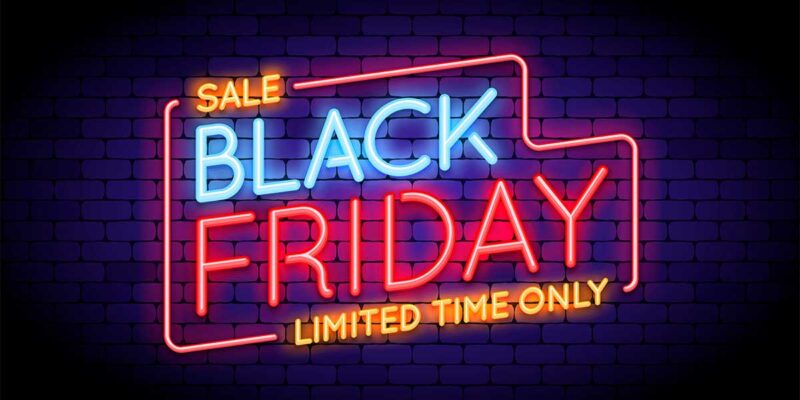The Easy Sell on a Hard Topic
 There are so many good points to using energy efficient products as one of the most cost-effective, simple and quick ways to reduce energy consumption and lower green house gas emissions. The ICT industry is ripe with tools, products and software capable of proving out these efficiency gains. Companies are falling over themselves to show their investors and other stakeholders just how “green” they can be as seen with the dramatic rise in Corporate Sustainability Reporting and “Triple Bottom Line” mantras. Major corporations such as Wal-Mart, Coca Cola and FedEx are proving out profitability through sustainability. So why do so many in our industry fail to close the deal?
There are so many good points to using energy efficient products as one of the most cost-effective, simple and quick ways to reduce energy consumption and lower green house gas emissions. The ICT industry is ripe with tools, products and software capable of proving out these efficiency gains. Companies are falling over themselves to show their investors and other stakeholders just how “green” they can be as seen with the dramatic rise in Corporate Sustainability Reporting and “Triple Bottom Line” mantras. Major corporations such as Wal-Mart, Coca Cola and FedEx are proving out profitability through sustainability. So why do so many in our industry fail to close the deal?
Many people in our line of work as ICT consultants and integrators often complain that the end user just isn’t paying attention to the tools and software that are available. This can be attributed to a lack of understanding or education by the corporate types in the hardware and software and how it integrates into their world or as a genuine lack of knowledge that it even exists. There has been a great focus in the United States, particularly in the last decade, on the built environment and how that impacts the natural environment. So much of this focus has been on the actual brick and mortar and not on what happens after the keys are turned over. There certainly have been strides on the technology side but mostly at the consumer level as seen in the 1970s with Art Rosenfeld’s efforts to convert appliance-makers to allies not enemies where energy efficiency became a selling point not a liability all the way to today with the dramatic rise in solid state consumer lighting products.
This brings about a couple of paradoxes in that the consumer demand for energy efficient products above and beyond the efforts related to their actual domicile has seen such a dramatic rise (there is hardly an aisle in any retail center that doesn’t put this front and center). Major brands such as Proctor and Gamble, GE and Samsung have made energy efficiency and sustainability cornerstones of their product lines. However, carrying this into the consumer’s workplace has been lost in translation. Some studies have suggested that this is due to the fact that the consumer has a greater stake in their home and work is someone else’s to take care of or the efforts often go with little perceived gain. The notion gets stuck between good intentions and true action.
So why the disconnect? In basic terms, our sales pitch needs an overhaul. Simply put, we tend to “sell” people by telling them how it is the right thing to do, it is good for them, or equating it to a better option than a worse outcome. Now even though these tenets may have truth to them it still makes it feel as if you are looking at an uncomfortable medical procedure not looking to reduce your energy consumption, increase profit and decrease operational expenditures — oh yeah… and by the way… help the environment.
Another issue is that quite often the energy efficiency is difficult to determine. We basically are proving out a negative simply because the company saved money. A recent study was done by Fisher Dachs Associates and Seattle Repertory Theatre (Protocol, Fall 2013, Vol 18, No. 4) where the goal was to show if there is energy efficiency in new solid state theatrical style lighting over conventional dimming and incandescent lighting. This proved harder to detail than anticipated as loads are not typically metered for these systems separate from the building metering. This study was important for the main reason that many in the theater world are clamoring to replace their traditional dimming systems with new solid state fixtures under the expectation that there will be an energy savings with no real metrics to follow. What the study also showed was how the expectation for this particular season at this particular theater did not show any significant energy savings. As this was one study, and one theater, for one season it is hard to determine if this is indicative of the norm or are there other variables in play.
A third challenge is that we in the ICT industry tend to gloss over challenges with implementation and maintenance of these types of systems. This could be for the simple fact that we ourselves are not trained or educated enough into how best to deploy these strategies or don’t communicate that to our clients very well. Quite often the feeling from the end user is that the just need to plug it in and it works with no sustained effort on their part. In a utopian world — yes, reality? — not so much. Clients need to be educated to these challenges of both implementation and operation for it to be a success. There are a large number of law suits simply because the end user did not fully understand their obligations in running the system to maintain peak performance and energy reduction.
Finally (although not entirely the last issue) is that there are always priorities and energy efficiency does not always rank high on the list. It could be third, fourth or even fifth down the line. Knowing and understanding your client’s priorities will help in communicating the best strategies for the situation. Knowing that energy efficiency is not a front-and-center problem will help to shape the conversation and offers the best opportunity to introduce the other benefits of the systems which may out weight the energy savings.
So how do we move forward to ease the sell of energy efficiency? The best way is with the “Oh by the way, this will also reduce your energy use along with doing all of the other things you need it to do” strategy rather than take energy efficiency head-on as your priority. The last point above is probably the best to tackle in that several metrics exist showing how energy efficient technologies can work to move higher priorities along in a positive way. One example cited by Stuart D. Kaplow, P. A. in a recent article he wrote on rental rates shows how building owners are seeing a dramatic increase in rent rates for buildings with green infrastructure of which the tenants can take advantage. This can provide incentive to a client whose higher priority than energy efficiency may be to increase occupancy rates in an office tower. This may also help to reduce tenant turnover as well. Both of these issues can be discussed with the building owner in a way that easily sells the energy efficiency technology strategy by relating it to a more prominent priority.
To continue with the example of an office complex and working with the tenants for a fit out there is a priority to maximize space since the cost of square footage will dictate operational expenditures. Employing energy efficient technology and strategies in a data center for an office can work to reduce the overall power demand and square footage required by 25 to 40 percent which is space that can be used for other purposes.
There are also the intangibles such as comfort, ease of use and perception. If an occupant can easily adjust the temperature within a room using the room automation system rather than having to call maintenance that is a priority need which may be met while providing efficiency in the background. If the lighting can be controlled by the user for better ability to see the task at hand or to provide better overall illumination, there is a perceived benefit while providing energy efficiency. Also, if a user can simply enter a room to give a presentation and the system is intelligent enough to turn itself on and shut itself down, the room is perceived to be more interactive and user friendly while saving energy in the mean time.
Overall, the best strategy to sell energy saving ICT solutions is to not talk about them front and center but to show them as an added feature as they relate to your client’s higher priorities. This provides the opportunity to use your arsenal of technology and software and up-sell them on the additional benefits of energy efficiency. Happy selling!





